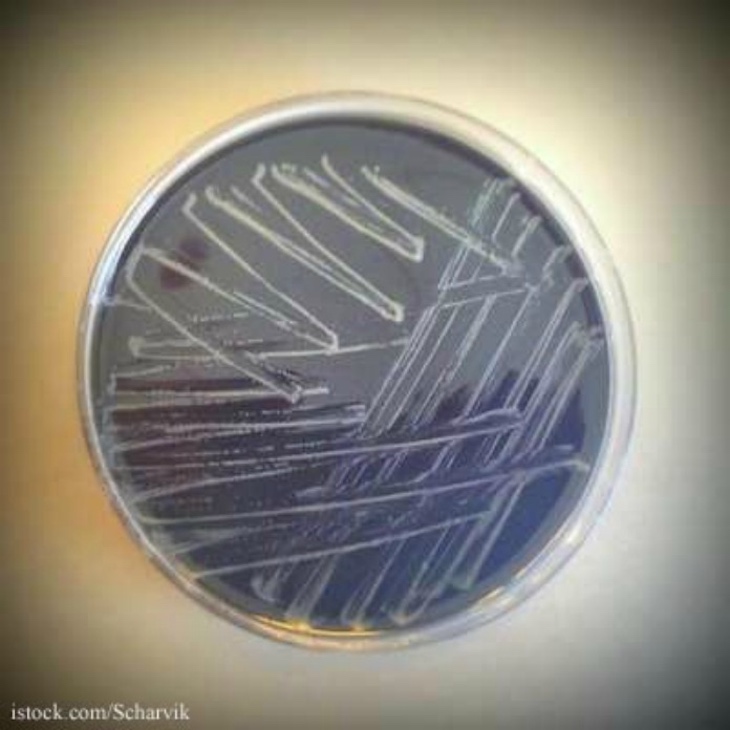With the Center for Disease Control’s Morbidity and Mortality Weekly Report report release detailing how foodborne illness increased by 65% in 2018 compared to 2015-2017, people are starting to think about the bacteria Campylobacter. This pathogen was the most common cause of bacterial foodborne illness in the United States in 2018, causing 19.5 illnesses per 100,000 people. How do you know if you have a Campylobacter infection?

Most of these cases are not part of outbreaks, which are defined as two or more unrelated people sickened by the same strain of pathogen. About 14 cases are diagnosed per 100,000 people in this country every year. About 1,300,000 Americans are sickened by Campylobacter every year.
In 2015, a Campylobacter outbreak in Northern California was associated with raw milk. And in 2014, 99 people were sickened with Campylobacter jejuni in an outbreak that was associated with raw milk consumption from a single dairy in Utah. In that last outbreak, 10 people were hospitalized and one person died.
Poultry, raw milk, and untreated water are the most commonly identified sources of Campylobacter infections. About 90% of all human illnesses are caused by one species called Campylobacter jejuni. The pathogen is well-adapted to birds, which can carry the bacteria without becoming sick.
Campylobacter Symptoms
The symptoms of a Campylobacter infection are similar to the symptoms caused by Shiga toxin-producing E. coli infections. Patients suffer from diarrhea that is often bloody, fever, and abdominal cramps. Symptoms start 2 to 5 days after exposure to the pathogen and usually last about a week.
This infection can be life-threatening in people who have weakened immune systems. The bacteria can spread to the bloodstream and can cause serious illness.
Guillain-Barré syndrome
The scariest thing about a Campylobacter infection is the complication called Guillain-Barré syndrome (GBS). This illness can cause whole body paralysis. Guillain-Barré syndrome is an autoimmune disorder. A person’s own immune system attacks and damages the nerves in the body. Most people recover from this complication, but some have permanent nerve damage.
The symptoms of Guillain-Barré syndrome include weakness or tingling sensations in both legs. This can spread to the arms and upper body. Symptoms can increase until a person cannot use some muscles at all. The illness progresses over hours, days, or weeks. Some patients need years to recover. About 1 in every 1,000 reported Campylobacter illnesses leads to GBS.
Protect Yourself
If you become ill with the symptoms of Campylobacter, it’s important to see a doctor. Never ignore the symptom of bloody diarrhea, because that is caused by the most serious foodborne illness infections.
In addition, avoid drinking raw milk or eating raw milk products, and handle raw chicken carefully. Finally, stay alert for recalls and outbreak announcements. You can protect yourself against a Campylobacter infection.





I notice that many of the contaminated food products you have listed ..that they are always the same products they distribute at food shelves,well I can kinda guess why now.I ,just 2weeks ago or maybe it was three ,whatever,I had gotten these items on that same day trip to the food shelvf,items include,watermelon lettuce,prepared vegetable tray cantaloupe precut and packaged,and a few more things
.I’m glad I read your food poise nong article today,although I already had my suspicoon.